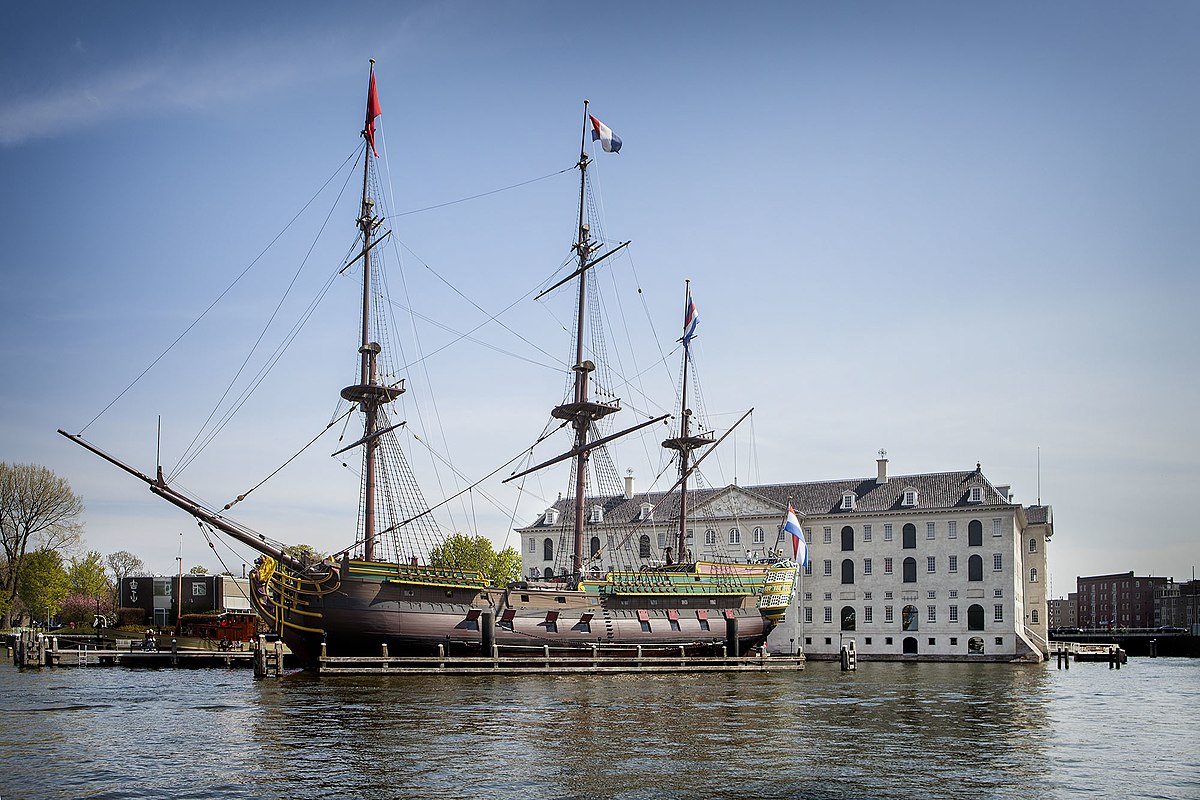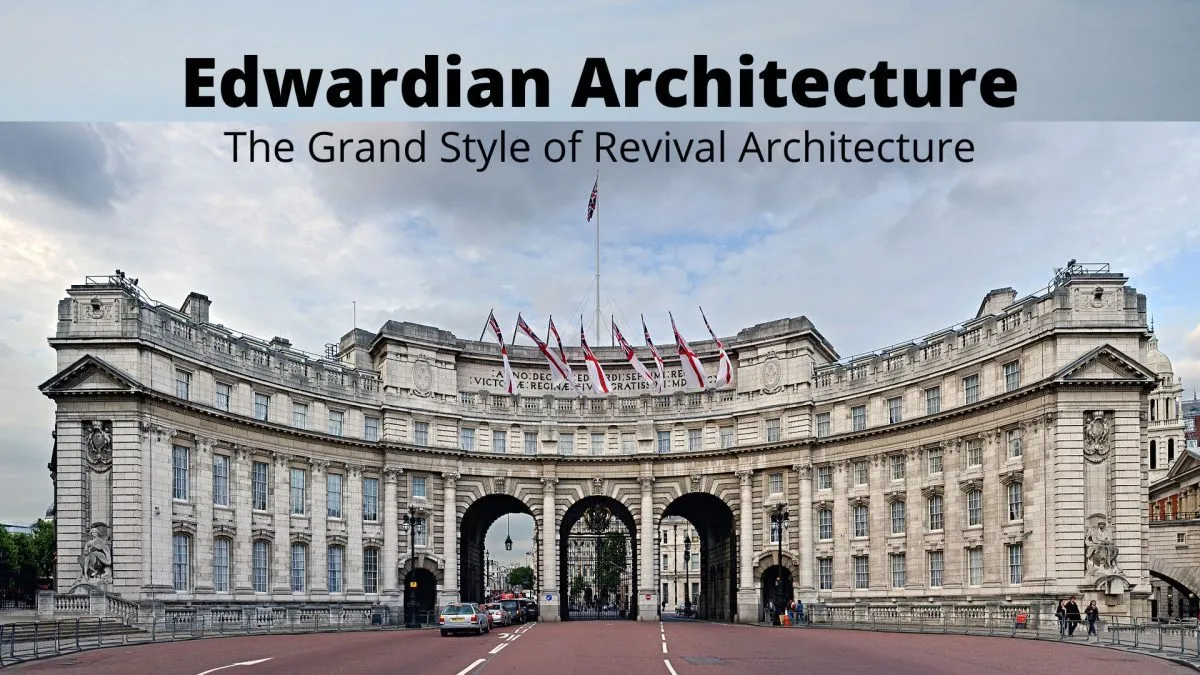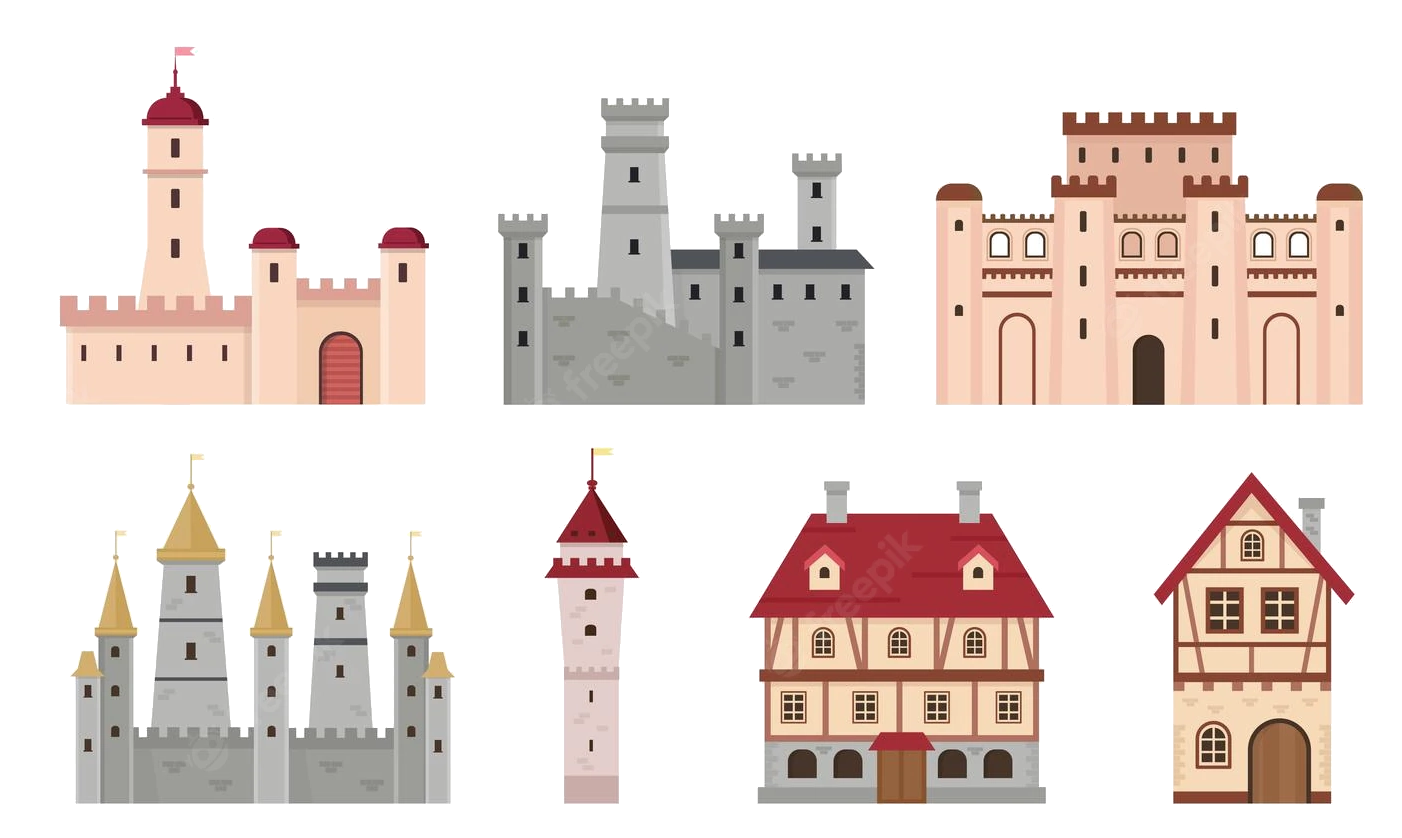
漢德百科全書 | 汉德百科全书



Amelia Mary Earhart (* 24. Juli 1897 in Atchison, Kansas; verschollen am 2. Juli 1937 im Pazifischen Ozean, für tot erklärt am 5. Januar 1939) war eine US-amerikanische Flugpionierin und Frauenrechtlerin.
阿梅莉亚·玛丽·埃尔哈特(英语:Amelia Mary Earhart,/ˈɛərhɑːrt/,1897年7月24日—1937年7月2日(失踪))是一位美国女性飞行员和女权运动者[1][2]。埃尔哈特是第一位获得飞行优异十字勋章[3]、第一位独自飞越大西洋的女飞行员[4]。她还创了许多其他纪录[5],将自身的飞行经历编写成非常畅销的书籍,并协助建立了一个女飞行员组织[6]。
1937年,当她尝试全球首次环球飞行时,在飞越太平洋期间失踪。至今为止,她的生活、生涯和消失一直使人神往[7]。


Arnold Schönberg (* 13. September 1874 in Wien; † 13. Juli 1951 in Los Angeles) war ein österreichischer Komponist, Musiktheoretiker, Kompositionslehrer, Maler, Dichter und Erfinder, der aus einer Wiener jüdischen Familie stammte, 1933 in die Vereinigten Staaten emigrierte und 1941 die amerikanische Staatsbürgerschaft annahm. Danach schrieb er sich Schoenberg.
Schönberg war einer der einflussreichsten Komponisten des frühen 20. Jahrhunderts und eine zentrale Figur in der Entwicklung hin zur Aufgabe der Dur-Moll-Tonalität, die bei ihm zwischen 1906 und 1909 erfolgte. Er begründete parallel zum weniger bekannten Josef Matthias Hauer die Zwölftontechnik, eine Kompositionstechnik, die später zur Seriellen Musik weiterentwickelt wurde und von zahlreichen Komponisten der Neuen Musik aufgegriffen wurde.




爱德华式建筑(英语:Edwardian architecture),泛指于爱德华七世在位英国国王时(1901至1910年)流行的建筑风格。在爱德华时代,建筑师已经成为成熟的独立专业,不少建筑亦显示出清晰的美学风格[3],当时最普遍的建筑风格为:安妮女王复兴式和爱德华巴洛克式 。
Die edwardianische Architektur ist ein neobarocker Baustil, der im britischen Empire während der edwardianischen Ära (1901-1910) beliebt war. Auch die Architektur bis zum Jahr 1914 kann zu diesem Stil gezählt werden.
Die edwardianische Architektur ist im Allgemeinen weniger reich verziert als die hoch- oder spätviktorianische Architektur, abgesehen von einer Untergruppe, die für große Gebäude verwendet wird und als edwardianische Barockarchitektur bekannt ist.
Freimaurertempel, Aberdeen, Schottland, erbaut 1910.
Die Victorian Society setzt sich für den Erhalt von Gebäuden ein, die zwischen 1837 und 1914 gebaut wurden, und bezieht daher neben der viktorianischen auch die edwardianische Architektur in ihren Aufgabenbereich ein.

Edward Teller (* 15. Januar 1908 in Budapest, Österreich-Ungarn; † 9. September 2003 in Stanford, Kalifornien; ungarisch Teller Ede) war ein ungarisch-amerikanischer Physiker. Er leistete wichtige Beiträge auf den verschiedensten Gebieten der Physik. Einer breiten Öffentlichkeit wurde er als „Vater der Wasserstoffbombe“ bekannt.[1][2] Teller selbst hat diesen Titel nicht geliebt.[3]
Teller studierte an der Technischen Hochschule Karlsruhe und promovierte in Leipzig bei Werner Heisenberg. Wegen seiner jüdischen Herkunft entschied er sich 1933, das nationalsozialistische Deutschland zu verlassen und nach England zu emigrieren.[4] 1935 emigrierte er in die USA. Dort wurde er sehr früh Mitarbeiter im Manhattan-Projekt, das die ersten Nuklearbomben entwickelte. Bereits während dieser Zeit drängte er auf die zusätzliche Entwicklung fusionsbasierter Nuklearwaffen.
Nach Kriegsende belastete Edward Teller in den Verhören zur Sicherheitseinstufung Robert Oppenheimer, seinen ehemaligen Kollegen im Los Alamos National Laboratory, wodurch er in der wissenschaftlichen Gemeinschaft stark an Ansehen verlor. Er wurde allerdings weiterhin von der US-Regierung sowie den Forschern des Militärs unterstützt. Teller war einer der Mitbegründer des Lawrence Livermore National Laboratory und mehrere Jahre lang zunächst der Direktor der Institution und später ihr stellvertretender Direktor.
 Eurovision Song Contest,ESC
Eurovision Song Contest,ESC

 Financial
Financial
 ***Global Financial Center
***Global Financial Center

 History
History
 N 2000 - 2100 AD
N 2000 - 2100 AD

 History
History
 M 1500 - 2000 AD
M 1500 - 2000 AD

 Medieval cities in Europe
Medieval cities in Europe
 Schottland
Schottland
 United Kingdom
United Kingdom

Edinburgh  [ˈɛdɪnb(ə)ɹə][2] (schottisch-gälisch Dùn Èideann [tuːn ˈeːtʃən]; dt. Edinburg; amtlich City of Edinburgh) ist seit dem 15. Jahrhundert die Hauptstadt von Schottland (bis dahin war es Perth). Seit 1999 ist Edinburgh außerdem Sitz des Schottischen Parlaments. Edinburgh ist mit etwa 493.000 Einwohnern nach Glasgow die zweitgrößte Stadt Schottlands und seit 1996 eine der 32 schottischen Council Areas. Die Stadt liegt an Schottlands Ostküste auf der Südseite des Firth of Forth gegenüber von Fife.
[ˈɛdɪnb(ə)ɹə][2] (schottisch-gälisch Dùn Èideann [tuːn ˈeːtʃən]; dt. Edinburg; amtlich City of Edinburgh) ist seit dem 15. Jahrhundert die Hauptstadt von Schottland (bis dahin war es Perth). Seit 1999 ist Edinburgh außerdem Sitz des Schottischen Parlaments. Edinburgh ist mit etwa 493.000 Einwohnern nach Glasgow die zweitgrößte Stadt Schottlands und seit 1996 eine der 32 schottischen Council Areas. Die Stadt liegt an Schottlands Ostküste auf der Südseite des Firth of Forth gegenüber von Fife.
爱丁堡(英语:Edinburgh, i/ˈɛdɪnbərə/[4]、苏格兰盖尔语:Dùn Èideann),是英国苏格兰首府,也是继格拉斯哥后苏格兰的第二大城市,位于苏格兰东海岸福斯湾南岸。截止到2013年,全市人口为487,500。[3]
i/ˈɛdɪnbərə/[4]、苏格兰盖尔语:Dùn Èideann),是英国苏格兰首府,也是继格拉斯哥后苏格兰的第二大城市,位于苏格兰东海岸福斯湾南岸。截止到2013年,全市人口为487,500。[3]
自15世纪以来爱丁堡就被当做苏格兰首府,但在1603年和1707年政治力量多次南移到伦敦。1999年苏格兰议会的自治权利才得以确立。苏格兰国家博物馆、苏格兰国家图书馆和苏格兰国家画廊等重要文化机构也位于爱丁堡。在经济上,现在的爱丁堡主要依靠金融业,是伦敦以外英国最大的金融中心。[5]
爱丁堡有着悠久的历史,许多历史建筑亦完好保存下来。爱丁堡城堡、荷里路德宫、圣吉尔斯大教堂等名胜都位于此地。爱丁堡的旧城和新城一起被联合国教科文组织列为世界遗产。[6]2004年爱丁堡成为世界第一座文学之城。[7]爱丁堡的教育也很发达,英国最古老的大学之一爱丁堡大学就坐落于此,为一所历史超过四百年的世界顶尖名校。[8]加上爱丁堡国际艺术节等文化活动,爱丁堡成为了英国仅次于伦敦的第二大旅游城市。
エディンバラ(英語: Edinburgh [ˈɛdɪnbərə] (![]() 音声ファイル)、スコットランド・ゲール語: Dùn Éideann [ˈt̪uːn ˈɛːtʲɛn̪ˠ])は、スコットランドの首都であり、ロージアン州の州都。日本語では「エジンバラ」とも表記される。
音声ファイル)、スコットランド・ゲール語: Dùn Éideann [ˈt̪uːn ˈɛːtʲɛn̪ˠ])は、スコットランドの首都であり、ロージアン州の州都。日本語では「エジンバラ」とも表記される。
Edinburgh (/ˈɛdɪnbərə/ ( listen);[6][7][8] Scottish Gaelic: Dùn Èideann [ˈt̪uːn ˈeːtʲən̪ˠ]; Scots: Edinburgh) is the capital city of Scotland and one of its 32 council areas. Historically part of the county of Midlothian (or Edinburghshire), it is located in Lothian on the Firth of Forth's southern shore.
listen);[6][7][8] Scottish Gaelic: Dùn Èideann [ˈt̪uːn ˈeːtʲən̪ˠ]; Scots: Edinburgh) is the capital city of Scotland and one of its 32 council areas. Historically part of the county of Midlothian (or Edinburghshire), it is located in Lothian on the Firth of Forth's southern shore.
Recognised as the capital of Scotland since at least the 15th century, Edinburgh is the seat of the Scottish Government, the Scottish Parliament and the supreme courts of Scotland. The city's Palace of Holyroodhouse is the official residence of the monarchy in Scotland. The city has long been a centre of education, particularly in the fields of medicine, Scots law, literature, the sciences and engineering. It is the second largest financial centre in the United Kingdom (after London)[9] and the city's historical and cultural attractions have made it the United Kingdom's second most popular tourist destination, attracting over one million overseas visitors each year.[10]
Edinburgh is Scotland's second most populous city and the seventh most populous in the United Kingdom. The official population estimates are 464,990 (2012) for the Locality of Edinburgh (Edinburgh pre 1975 regionalisation plus Currie and Balerno),[1] 513,210 (2017) for the City of Edinburgh,[2] and 1,339,380 (2014) for the city region.[2][3] Edinburgh lies at the heart of the Edinburgh and South East Scotland city region comprising East Lothian, Edinburgh, Fife, Midlothian, Scottish Borders and West Lothian.[11]
The city is the annual venue of the General Assembly of the Church of Scotland. It is home to national institutions such as the National Museum of Scotland, the National Library of Scotland and the Scottish National Gallery. The University of Edinburgh, founded in 1582 and now one of four in the city, was placed 23rd in the QS World University Rankings in 2018.[12] The city is also famous for the Edinburgh International Festival and the Fringe, the latter being the world's largest annual international arts festival. Historic sites in Edinburgh include Edinburgh Castle, the Palace of Holyroodhouse, the churches of St. Giles, Greyfriars and the Canongate, and the extensive Georgian New Town, built in the 18th/19th centuries. Edinburgh's Old Town and New Town together are listed as a UNESCO World Heritage site,[13] which has been managed by Edinburgh World Heritage since 1999.
Édimbourg (prononcé [e.dɛ̃.buʁ] ; Edinburgh [ˈɛ.dɪn.bərə] Écouter en anglais britannique, Dùn Èideann [ˈt̪uːnˈeːtʲən̪ˠ] en gaélique écossais, Embra, Edinburrie, Edinburra et Edimbra en scots) est une ville d'Écosse au Royaume-Uni. Elle est sa capitale depuis 1532, ainsi que le siège du Parlement écossais depuis le rétablissement de celui-ci en 1999. Sa population était de 457 830 habitants en 2005 (c’est la deuxième ville d’Écosse derrière Glasgow). Ses habitants s'appellent les Édimbourgeois. Depuis 1329, Édimbourg possède officiellement le statut de cité. Elle a aussi le statut de council area (depuis le 31 mars 1996) et de région de lieutenance, après avoir eu celui de district au sein de la région du Lothian (du 15 mai 1975 au 31 mars 1996) dont elle était le siège.
La ville est construite sur des collines volcaniques qui fournissent chacune un point de vue différent sur la ville. Elle est dominée par son château dont les fondations remontent au VIIe siècle mais c’est à partir du XIe siècle que fut construite cette résidence royale avant de devenir une forteresse redoutable au XVIe siècle. Édimbourg fut affranchie en 1329 et s’entoura de murailles au XVe siècle. Après la défaite de Flodden (1513) contre les Anglais, les bourgeois de la ville décidèrent de construire à titre préventif une seconde enceinte baptisée le mur de Flodden. Après l’unification des Parlements d’Écosse et d’Angleterre (1707), la ville perdit de son importance politique mais resta un important centre économique et culturel. En plus du Château, Édimbourg compte de nombreux lieux intéressants comme le Royal Botanic Garden, les cathédrales Saint-Gilles (presbytérienne), Sainte-Marie (épiscopalienne) et Sainte-Marie (catholique), la National Gallery, Charlotte Square, le Scott monument ou encore le National Museum of Scotland. Le palais de Holyrood (Holyrood Palace) est la résidence officielle de la reine lorsqu’elle séjourne dans la ville. Les districts de la vieille et de la nouvelle ville sont classés patrimoine mondial par l’UNESCO depuis 1995.
Édimbourg est célèbre pour son festival, le plus grand du monde, qui dure trois semaines en août et propose de nombreux spectacles de qualité dans toutes les disciplines.
La ville accueille l'une des plus prestigieuses universités d’Europe et du monde, l’université d’Édimbourg, pionnière dans l’informatique, la géologie, la chimie et la médecine. À Édimbourg se situe également la bibliothèque nationale d’Écosse (National Library of Scotland) qui est la plus importante bibliothèque d’Écosse (et l’une des plus grandes du Royaume-Uni).
Edimburgo (AFI: /edimˈburɡo/[3]; in inglese e scots Edinburgh, pron. [ˈɛdɪnbʌrə] oppure [ˈɛdɪnbrə], in gaelico scozzese Dùn Èideann) è una città del Regno Unito, capitale della Scozia dal 1437 e sede del suo nuovo parlamento dal 1999. È la seconda città della Scozia per popolazione dopo Glasgow e la settima del Regno Unito per popolazione. I dati ufficiali del 2014 stimano la popolazione in 464 990 abitanti per la città,[1] 492 680 per l'area dell'autorità locale[1] e 1 339 380 per l'area metropolitana[1] (Edinburgh è situata nel cuore della proposta "city region" di Edimburgo e Scozia sudorientale).
La città, situata sulla costa orientale della Scozia e sulla riva meridionale del Firth of Forth, a circa 70 km ad est di Glasgow, sorge su 7 colli. I punti più alti sono: Arthur's Seat, Castle Rock dove si trova il castello, Calton Hill, Corstorphine Hill, Braid Hills, Blackford Hill e Craiglockhard Hill, su di una serie di colline. Le parti storiche della città (Old e New Town), insieme al castello, nel 1995 sono state dichiarate patrimonio dell'umanità dall'UNESCO.
È una delle città più visitate della Gran Bretagna con circa 2 milioni di turisti l'anno[4] e a questo successo contribuisce anche il Festival di Edimburgo, che si tiene ogni anno ed è accompagnato da numerose manifestazioni collaterali.
Edimburgo ( /ˈɛdɪnb(ʌ)ɹə/ (?·i) en inglés y escocés: Edinburgh; en gaélico escocés: Dùn Èideann) es la capital y un concejo de Escocia (Reino Unido).23 Es la segunda ciudad más grande de Escocia tras Glasgow.
/ˈɛdɪnb(ʌ)ɹə/ (?·i) en inglés y escocés: Edinburgh; en gaélico escocés: Dùn Èideann) es la capital y un concejo de Escocia (Reino Unido).23 Es la segunda ciudad más grande de Escocia tras Glasgow.
Ubicada en la costa este de Escocia, a orillas del fiordo del río Forth y en la autoridad unitaria local de la Ciudad de Edimburgo, es la capital de Escocia desde 1437 y sede del gobierno escocés. Fue uno de los centros más importantes de educación y cultura durante la Ilustración gracias a la Universidad de Edimburgo. Sus distritos The Old Town (ciudad antigua) y The New Town (ciudad nueva) fueron designados Patrimonio de la Humanidad por la Unesco en 1995.4 Según el censo de 2011 tiene un población total de 459 366 habitantes.1
Edimburgo es famosa por su Festival Internacional, el festival de actuaciones en vivo más grande del mundo, y otros festivales desarrollados en verano de forma más o menos simultánea, la mayoría de los cuales se agrupan bajo la denominación Festival de Edimburgo. Durante el festival la población de la ciudad se duplica. Edimburgo es la segunda ciudad más visitada del Reino Unido, después de Londres, con aproximadamente 13 millones de turistas al año.
Эдинбу́рг (англ. и скотс. Edinburgh [ˈɛdɪnb(ʌ)rə], гэльск. Dùn Èideann [tuːn ˈeːtʃən]) — столица Шотландии (с 1437 года) и второй по величине её город. Административный центр округа Сити-оф-Эдинбург. Население Эдинбурга в 2016 году составляло 488,1 тыс. человек. Это седьмой по величине город Соединённого королевства. Расположен на восточном побережье Шотландии (территория Среднешотландской низменности), на южном берегу залива Ферт-оф-Форт.
Районы Эдинбурга — Старый город и Новый город — в 1995 году были занесены ЮНЕСКО в список объектов Всемирного наследия.

Der von dem französischen Staatspräsidenten Charles de Gaulle initiierte Élysée-Vertrag (französisch Traité de l'Élysée),[1][2] wie der deutsch-französische Freundschaftsvertrag von 1963 meist genannt wird, ist das erste große und zugleich grundlegende Abkommen zur deutsch-französischen Zusammenarbeit nach dem Zweiten Weltkrieg. Der Vertrag sollte in Frankreich und der Bundesrepublik Deutschland geregelte Konsultationen zur Koordination und gemeinsamen Planung aller wichtigen Fragen der Außen-, Sicherheits-, Jugend- und Kulturpolitik sicherstellen.
Der Vertrag wurde mit einer gemeinsamen Erklärung am 22. Januar 1963 von Bundeskanzler Konrad Adenauer und Präsident Charles de Gaulle im Pariser Élysée-Palast unterzeichnet und trat am 2. Juli 1963 nach der Ratifizierung durch die Parlamente beider Länder in Kraft. Er war in Deutschland, den USA, Großbritannien und anderen Ländern umstritten und führte zu Unstimmigkeiten und Protesten.
Der Bundestag ratifizierte den Vertrag und die gemeinsame Erklärung in einem Gesetz und stellte diesem eine Präambel voran. Die Präambel bekräftigte zur Enttäuschung de Gaulles die engen Bindungen Deutschlands an die USA und NATO, das Bemühen Deutschlands um eine Aufnahme Großbritanniens in die EWG und das Streben nach übernationalen Regeln. De Gaulles Intention, der amerikafreundlichen Politik Großbritanniens eine deutsch-französische Allianz unter französischer Führung entgegenzusetzen, war damit gescheitert. Die Kritiker des Vertrags betrachteten ihn daher als „Triumph des Atlantizismus“.[3][4]
Das Abkommen brachte beide Länder nach langer „Erbfeindschaft“ und verlustreichen Kriegen einander näher, führte aber entgegen der verbreiteten Meinung zu keiner tiefgreifenden Kooperation in Fragen der Wirtschaft, Forschung, Verteidigungs- und Außenpolitik.[5]
Juristisch gilt der Vertrag als inhaltsleer, er hat keine Verbindlichkeit und ist die Basis für eine lediglich freiwillige Zusammenarbeit.[6] Seine Bedeutung wird hauptsächlich in der politischen Symbolik von Versöhnung und Freundschaft gesehen, die besonders bei den Jubiläumsfeiern beschworen wird.
Wie alle völkerrechtlichen Verträge Deutschlands wird auch der Elysée-Vertrag im Politischen Archiv des Auswärtigen Amts unter der Archivsignatur: PA AA, BILAT FRA 115 a verwahrt.
爱丽舍条约(Élysée Treaty)又称作德法合作条约、法德友好条约,是于1963年1月22日由时任联邦德国总理康拉德·阿登纳和法国总统夏尔·戴高乐在巴黎爱丽舍宫签订的合作条约。签订条约不但推动两国在二次大战后的和解进程,成为了德国与法国两个欧洲核心国家全面和解的象征。在欧洲一体化方面,条约的签订为其发展方向奠定了基础和框架结构。法德两国在欧洲一体化的进程上发挥了无可替代的作用,被誉为欧盟建设的“发动机”和“法德轴心”。
根据爱丽舍条约,法德两国政府部长和高官定期进行磋商,两国青年上百万人互访交流。法德在外交政策层面,根据这个条约基本保持一致,但在其他方面的合作则有待加强。


 Aerospace
Aerospace
 Astronomy
Astronomy
 Science and technology
Science and technology
 Ships and Nautics
Ships and Nautics
 Music
Music
 Royalty
Royalty
 Architecture
Architecture
 Centre-Val de Loire
Centre-Val de Loire
 International cities
International cities
 Party and government
Party and government
 European Union
European Union
 Hand in Hand
Hand in Hand